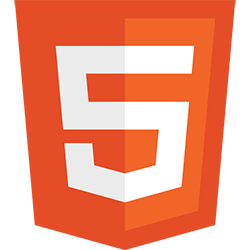How to Inject a Global with Web Extensions in Manifest V3
For those of you not familiar with the world of web extension development, a storm is brewing with Chrome. Google will stop support for manifest version 2, which is what the vast majority of web extensions use. Manifest version 3 sees many changes but the largest change is moving from persistent background scripts to service workers. This...is...a...massive...change.
Changes from manifest version 2 to version 3 include:
- Going from persistent background script to a service worker that can die after 5 minutes
- No use of
<iframe>elements or other DOM APIs from the service worker - All APIs have become Promise-based
- Restrictions on content from a CSP perspective
One function that web extensions often employ is executing scripts upon each new page load. For a web extension like MetaMask, we need to provide a global window.ethereum for dApps to use. So how do we do that with manifest version 3?
As of Chrome v102, developers can define a world property with a value of isolated or main (in the page) for content scripts. While developers should define content_scripts in the extension's manifest.json file, the main value really only works (due to a Chrome bug) when you programmatically define it from the service worker:
await chrome.scripting.registerContentScripts([
{
id: 'inpage',
matches: ['http://*/*', 'https://*/*'],
js: ['in-page.js'],
runAt: 'document_start',
world: 'MAIN',
},
]);
In the example above, in-page.js is injected and executed within the main content tab every time a new page is loaded. This in-page.js file sets window.ethereum for all dApps to use. If the world is undefined or isolated, the script would still execute but would do so in an isolated environment.
Manifest version 3 work is quite the slog so please hug your closest extension developer. There are many huge structural changes and navigating those changes is a brutal push!




